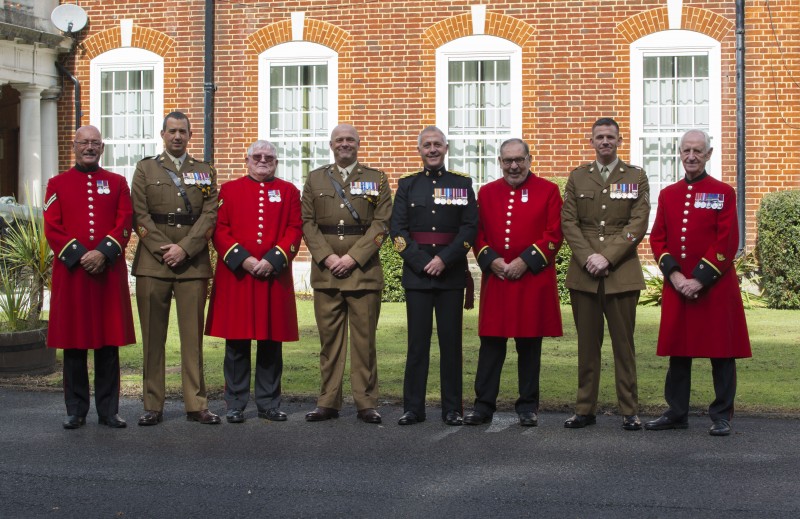The RLC Corps Sergeant Major has hosted the bi-annual predecessors lunch at the Central Sergeants Mess, Deepcut.
Personnel attended from across the Corps, including RLC Officers and SNCO’s, Civilian Employees from the RHQ and in-pensioners from the Royal Hospital Chelsea.
“It is important we look after our Corps family and this is one of the many ways that we reach out,†said WO1 Owen, The Corps Sergeant Major.
This event is very important to Corps heritage and helps it to maintain its familiar relationship with its members long after they have retired.
Until the 17th Century, the state made no specific provision for old and injured soldiers. Care for the poor and sick was provided by the religious foundations. Most of this provision ended following the dissolution of the monasteries during the reign of King Henry VIII.
In 1681, responding to the need to look after these soldiers, King Charles II issued a Royal Warrant authorising the building of the Royal Hospital Chelsea to care for those “broken by age or warâ€.
Sir Christopher Wren was commissioned to design and erect the building. Sir Stephen Fox was commissioned to secure the funds necessary to progress the build.
The chosen site, set adjacent to the River Thames in the countryside of Chelsea contained the uncompleted building of the former ‘Chelsey College’.
In 1692, work was finally completed and the first Chelsea Pensioners were admitted in February of that year. By the end of March, the full complement of 476 were in residence.
Some 300 army veterans live at the Royal Hospital today, including those who have served in Korea, the Falkland Islands, Cyprus, Northern Ireland and World War II. Others may not have served in campaigns, but all understand what it means to be a soldier and the potential sacrifice that it entails.



















See What We Have Been Up To
The Royal Logistic Corps
The Royal Logistic Corps
The Royal Logistic Corps